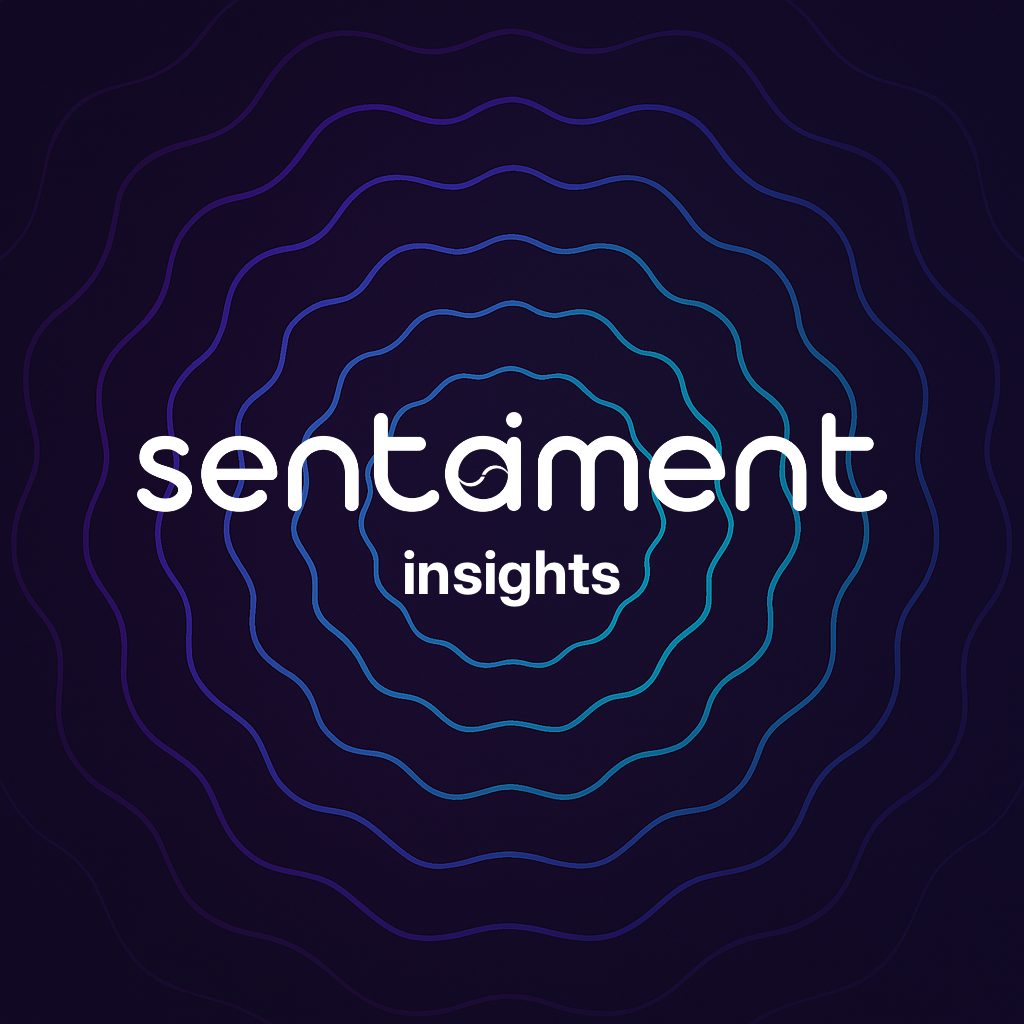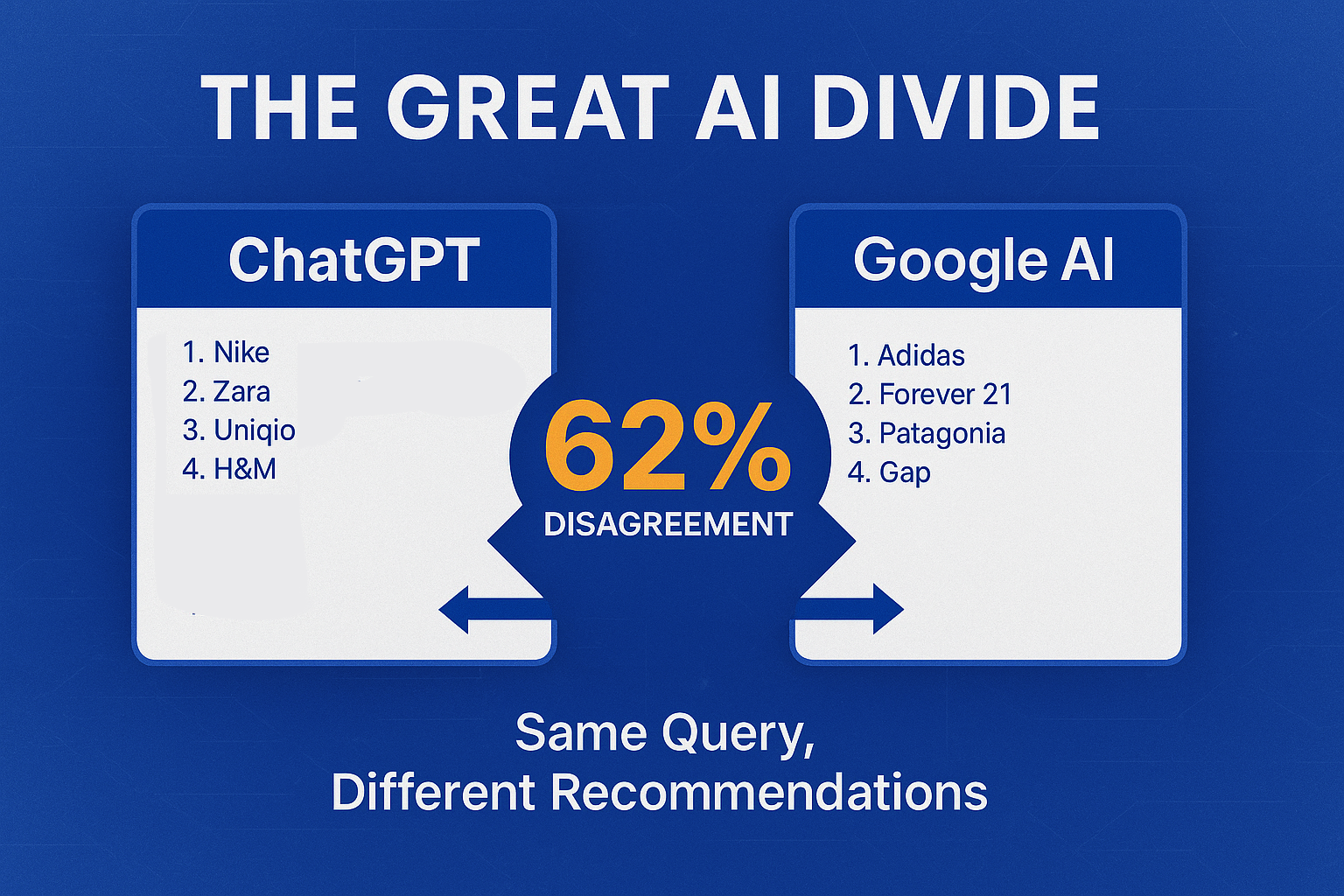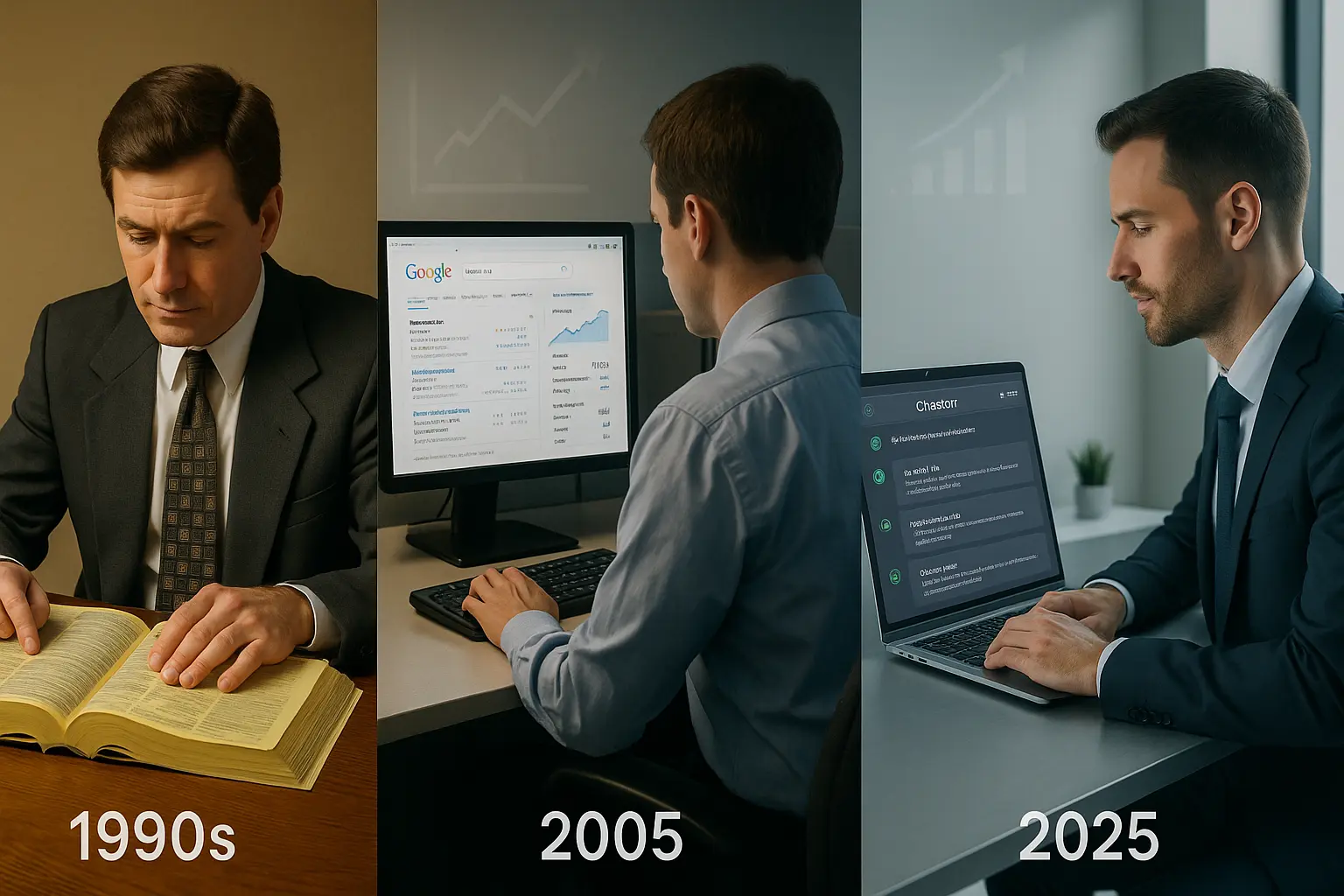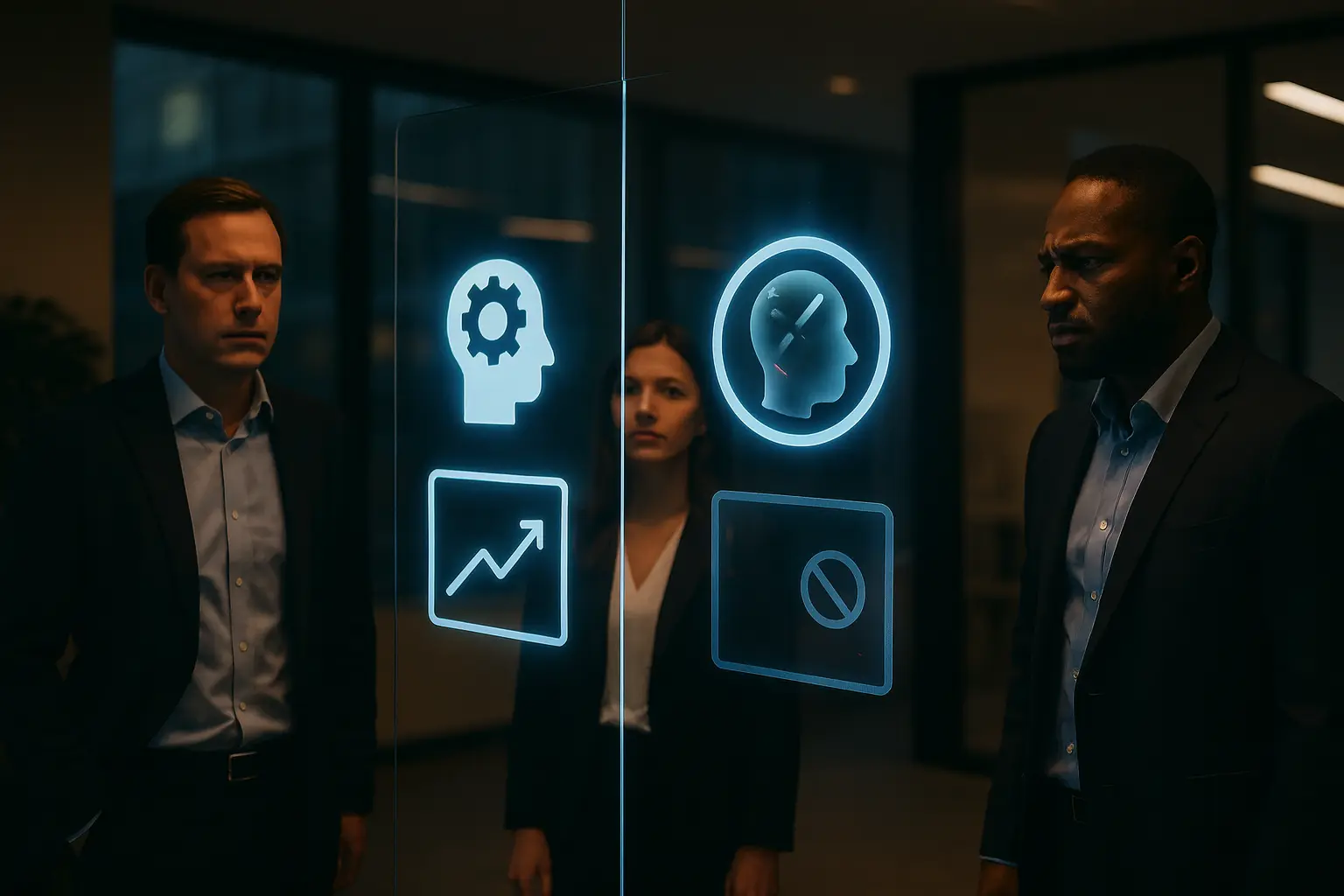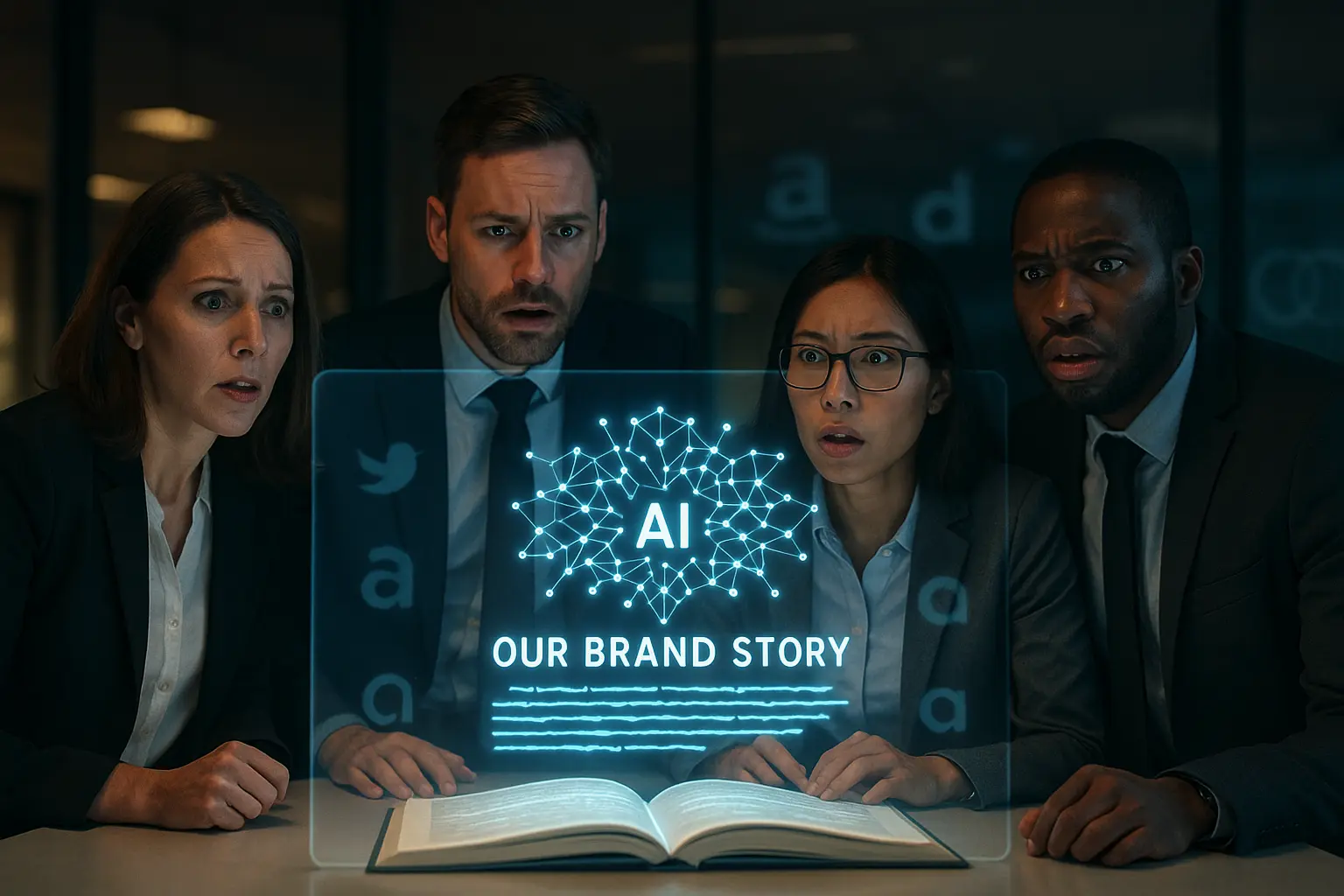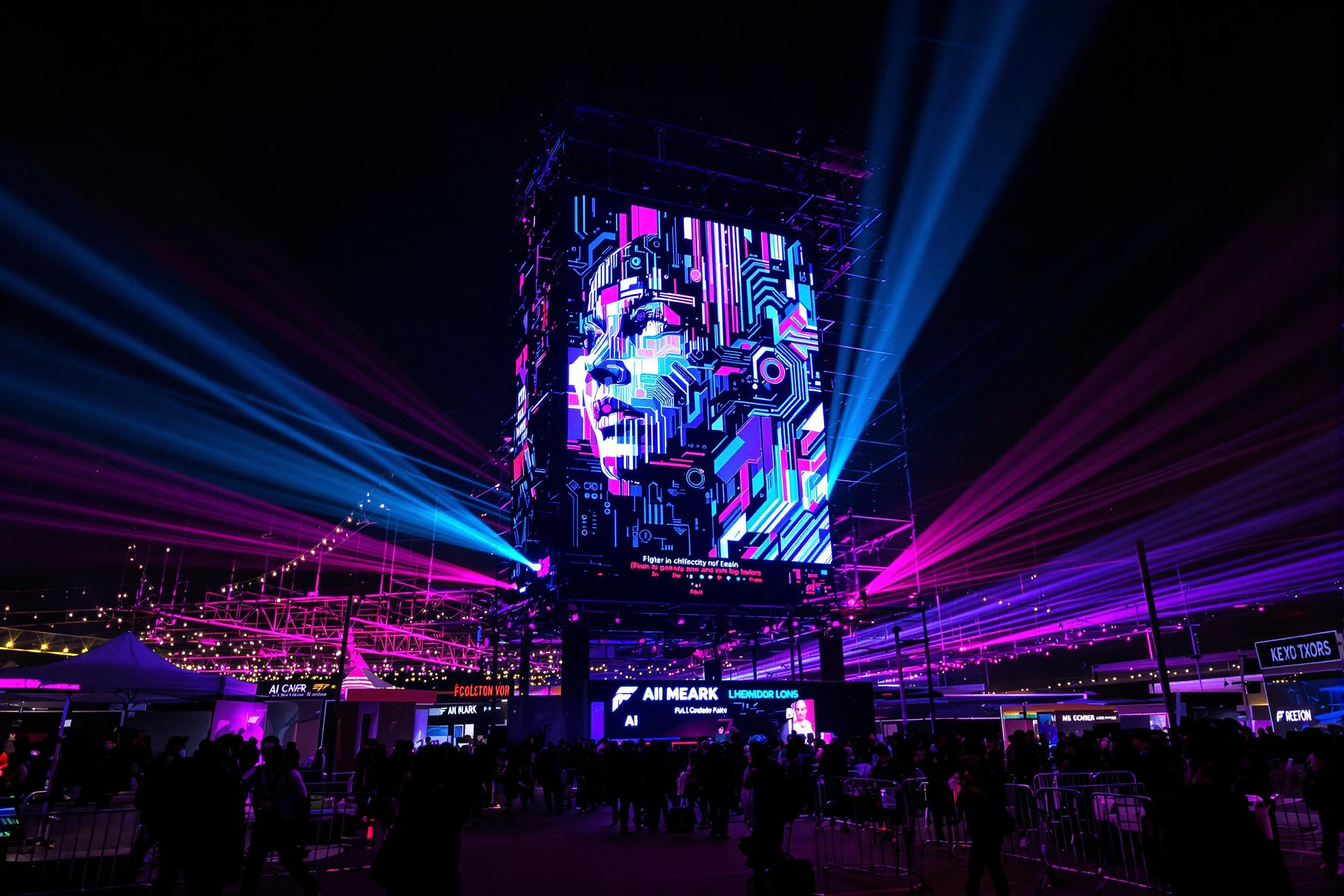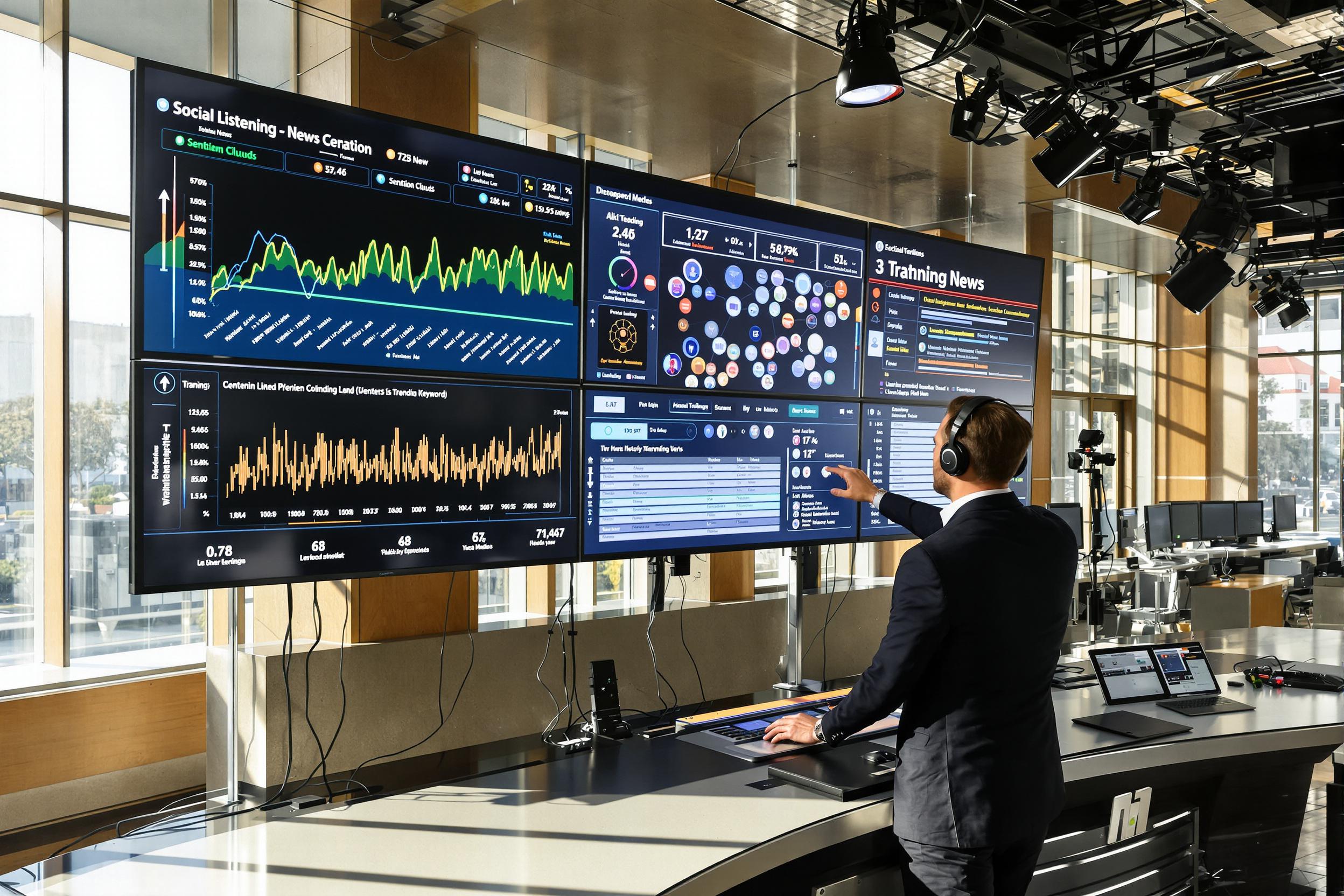Augmentation, Not Replacement: Our Journey Building with AI
When we first started developing Sentaiment, our AI-powered brand sentiment analysis platform, we faced a common startup challenge: ambitious goals with limited resources. As someone with a UX background and only basic coding knowledge, the technical gap between my vision and implementation seemed daunting. However, what could have been a roadblock turned into an unexpected advantage through our strategic use of AI tools.
Breaking Down Traditional Barriers
The traditional product development workflow often creates bottlenecks between design and engineering teams. Designers envision experiences that engineers then need to interpret and implement. This translation process can be time-consuming and often results in compromises to the original vision, as highlighted in Nielsen Norman Group's research on design-engineering collaboration.
Working with our CTO, we discovered that AI could serve as a bridge between my UX expertise and his technical knowledge. Instead of waiting for design handoffs or struggling to communicate technical constraints, we could rapidly prototype, iterate, and refine our ideas together in real-time.
The power of AI-assisted development isn't replacing human creativity but amplifying it and reducing the friction between idea and implementation.
Accelerating Our Development Cycle
The most significant impact of incorporating AI into our workflow was the dramatic acceleration of our development cycle. Here's how it transformed our process:
- Rapid Prototyping: I could sketch a dashboard concept and use AI to generate initial React components that our CTO could then refine and integrate. This allowed us to move from concept to functional prototype in hours instead of days.
- Iterative Refinement: When components needed adjustments, I could describe the changes needed in plain language, and AI would suggest the required code modifications. This meant we could iterate rapidly without getting stuck in technical details.
- Learning Through Collaboration: As someone with limited coding experience, I found myself learning more about our tech stack through these AI-assisted collaborations. Each iteration was an opportunity to understand more about React, component structure, and state management.
- Documentation on Demand: When we needed to explain how a feature worked for future team members, AI helped us generate clear documentation that captured both the technical implementation and the design reasoning.
The Reality Check: Where AI Falls Short
It's important to acknowledge that AI wasn't a perfect solution. We encountered several limitations that reinforced the irreplaceable value of human expertise:
- Overengineering Simple Solutions: AI would sometimes suggest complex implementations for simple problems, creating unnecessary technical debt. Our CTO's experience was crucial in identifying these instances and steering us toward simpler solutions, aligning with principles from Martin Fowler's writing on YAGNI.
- Missing Context of Our Product Vision: AI has no innate understanding of our unique product goals or user needs. It could only suggest solutions based on historical patterns, not our specific innovation direction.
- Limited Understanding of Edge Cases: Real-world applications require consideration of numerous edge cases and failure modes that AI often missed in its initial suggestions.
- Architectural Oversight: While AI excelled at component-level code, it struggled with larger architectural decisions that would impact scalability and maintainability, as discussed in Intercom's analysis of engineering excellence.
The Human Element Remains Essential
Our experience reinforced that AI is most valuable when it enhances human creativity and expertise, not when it attempts to replace it. The most successful outcomes came when we used AI as a collaborative tool within a process still fundamentally guided by human judgment:
- Human-Defined Problems: We determined what problems needed solving and what success looked like.
- Human-Guided Solutions: We evaluated AI suggestions against our deeper knowledge of our users and business goals.
- Human Quality Control: Our CTO's expertise was essential in ensuring that code was efficient, maintainable, and aligned with best practices.
- Human Innovation Direction: We pushed beyond what AI could suggest by imagining new interaction patterns and features that hadn't been widely implemented before.
Looking Forward: AI as a Collaborative Partner
As we continue to develop Sentaiment, we've integrated AI as a permanent collaborator in our process. It's not a replacement for our team but an amplifier of our capabilities. This approach has allowed us to bring our product to market faster while maintaining the quality and innovation that only human creativity can provide, aligning with research from Harvard Business Review on collaborative intelligence.
For teams considering how to integrate AI into their development process, I encourage you to view it as a tool for augmentation rather than automation. The most powerful application of AI isn't in replacing developers or designers but in creating a more fluid collaboration between technical and non-technical team members.
The Takeaway
Stop viewing AI as an existential threat to creative and technical roles. Instead, explore how it can help your team work more efficiently and collaboratively. The key is finding the right balance where AI handles the repetitive and mechanical aspects of development while humans focus on innovation, quality, and the deeper understanding of user needs.
In our experience, this balanced approach has been the secret to successfully bringing Sentaiment to life—a product that ironically helps brands understand how they're perceived by the very AI technologies that helped us build it.
